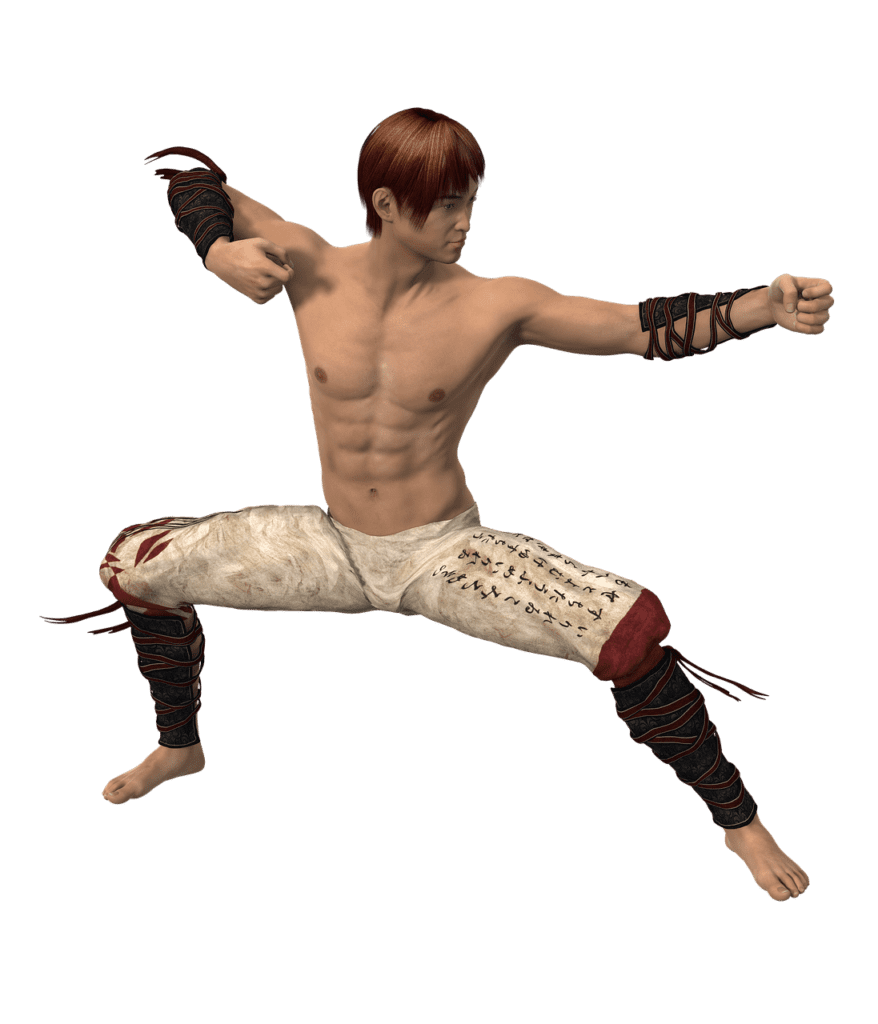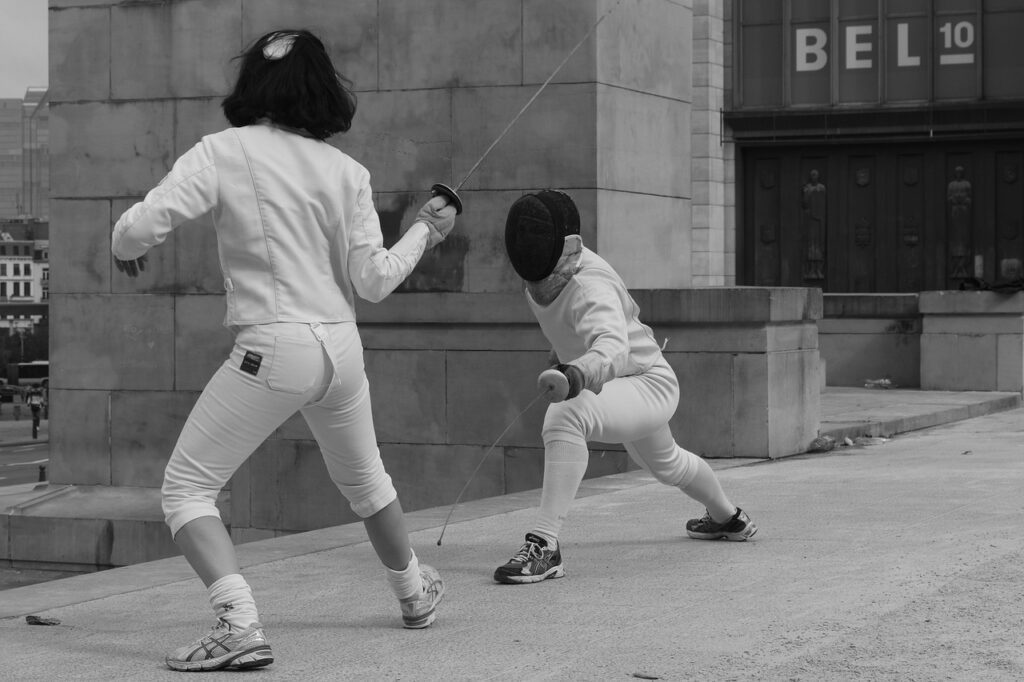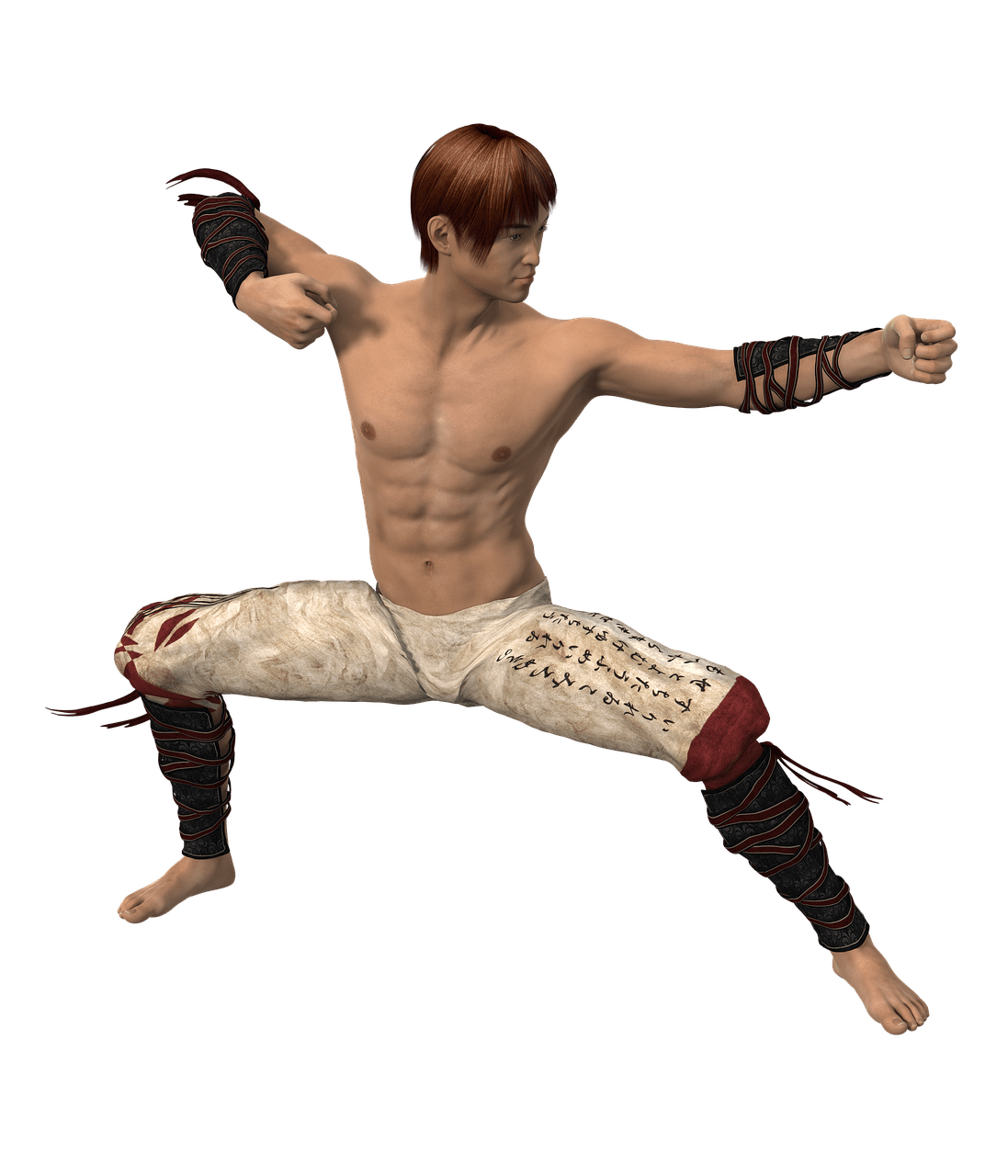Welcome to “Developing A Strong Reaction Time In A Fight.” In this article, you’ll discover essential techniques and tips that will significantly enhance your reaction time during a fight, setting you on a path to becoming more agile and responsive. Imagine being able to anticipate your opponent’s next move with pinpoint accuracy, allowing you to react swiftly and effectively. By incorporating specialized training drills, mental exercises, and adopting the right mindset, you’ll build the foundation for a quick and reliable reaction time that can make all the difference in a combat situation. This guide is designed to help you harness the full potential of your reflexes, ensuring you stay one step ahead at all times. Have you ever found yourself wondering how you can quickly and effectively react in a fight? Whether you’re a professional fighter or someone interested in self-defense, developing a strong reaction time in a fight can make all the difference.
Understanding Reaction Time
Let’s start by breaking down what reaction time entails. Reaction time is the elapsed time between a stimulus and your response to that stimulus. In a fight, this means the time it takes for you to see an incoming punch and then block or counterattack.
Components of Reaction Time
Knowing the components of reaction time can help you understand how to improve it:
- Perception Time: This is the time it takes for your brain to recognize a threat.
- Decision Time: This is the time it takes for your brain to decide how to react.
- Motor Time: This is the time it takes for your body to physically respond.
The Importance of Reaction Time in a Fight
Having a swift reaction time gives you a significant edge in a fight. It can mean the difference between evading a strike and taking a hit. Quick reaction times enhance both offense and defense, making you a more formidable fighter.
Advantages of Strong Reaction Time
- Enhanced Defense: Block or dodge incoming strikes more efficiently.
- Superior Offense: Spot and exploit openings in your opponent’s defense quicker.
- Psychological Edge: Creates a mental advantage by keeping your opponent unsure of your reactions.

Factors Affecting Reaction Time
Many factors can influence your reaction time. Understanding these can help you identify areas for improvement.
Physical Factors
- Age: As you age, your reaction time may naturally slow down.
- Fitness Level: Higher levels of physical fitness often result in quicker reaction times.
Mental Factors
- Focus: Your ability to concentrate directly affects your reaction time.
- Stress: High stress can either slow you down or cause you to react too hastily.
External Factors
- Lighting: Poor lighting can delay your perception of an incoming threat.
- Fatigue: Being tired can significantly slow your reaction time.
How to Improve Your Reaction Time
Now that you know what affects your reaction time, let’s dive into practical steps for improvement.
Physical Training
Your physical condition plays a huge role in how quick your reactions are. Regular training can help you stay in peak form.
Speed Drills
Speed drills are essential for improving reaction times. Here are some exercises you can incorporate into your routine:
| Drill | Description |
|---|---|
| Shadowboxing | Perform shadowboxing with a focus on rapid punches and quick foot movements. |
| Sprint Intervals | Short bursts of high-speed running followed by brief rest periods to improve overall agility. |
| Reaction Ball | Use a reaction ball that bounces unpredictably to enhance your ability to react swiftly. |
Agility Exercises
Improving your agility can significantly enhance your reaction times.
| Exercise | Description |
|---|---|
| Ladder Drills | Use an agility ladder to practice quick foot movements and improve coordination. |
| Cone Drills | Set up a series of cones and weave through them at speed to boost your agility. |
| Plyometrics | Incorporate jump training (e.g., box jumps) to enhance explosive power and responsiveness. |
Mental Training
Mental preparation is just as important as physical training.
Visualization Techniques
Visualizing scenarios and your responses can help condition your mind for real situations.
| Technique | Description |
|---|---|
| Guided Imagery | Close your eyes and vividly imagine different fight scenarios while picturing swift, effective reactions. |
| Role-Playing | Partner with someone to simulate fight situations, imagining you are in a real combat environment. |
| Meditative Focus | Practice mindfulness and deep focus exercises to enhance mental clarity and reaction times. |
Stress Management
Being able to manage stress effectively is crucial for maintaining quick reactions.
| Technique | Description |
|---|---|
| Breathing Exercises | Practice controlled breathing techniques to lower your stress levels. |
| Mindfulness Meditation | Spend a few minutes each day focusing on your breath and clearing your mind. |
| Progressive Muscle Relaxation | Tense and then relax different muscle groups to reduce overall tension. |
Tactical Training
Understanding fight strategies can give you that extra edge.
Situational Drills
Simulating real fight scenarios can be beneficial.
| Drill | Description |
|---|---|
| Scenario Simulation | Practice responding to various attacks like jabs, hooks, and kicks in a controlled environment. |
| Reaction Pads | Have a training partner use pads to mimic strikes for you to block or counter. |
| Timed Drills | Use a timer to challenge yourself to react to different stimuli within set time limits. |
Sparring Sessions
Nothing beats actual sparring for honing your reaction time.
| Type | Description |
|---|---|
| Light Sparring | Engage in low-intensity sparring to focus on technique and reaction without excessive force. |
| Heavy Sparring | High-intensity sparring to closely simulate real fight conditions and enhance reactive capabilities under stress. |
| Flow Sparring | Continuous, moderate-intensity sparring with an emphasis on fluid movement and quick transitions. |

Role of Nutrition
Never underestimate the importance of a good diet in enhancing reaction time. Proper nutrition provides the energy you need for quick, decisive actions.
Foods Beneficial for Reaction Time
Certain foods can help improve your cognitive functions, including reaction times.
| Food | Benefit |
|---|---|
| Leafy Greens | High in antioxidants, which can improve brain function. |
| Nuts and Seeds | Rich in omega-3 fatty acids, good for cognitive health. |
| Berries | Packed with antioxidants and vitamins that can enhance focus and reaction. |
Hydration
Staying hydrated is equally critical, as even mild dehydration can impair your cognitive functions.
| State | Description |
|---|---|
| Hydrated | Improved focus and cognitive function, leading to quicker reaction times. |
| Dehydrated | Sluggish mental performance, longer reaction times. |
Technology and Reaction Time
Leveraging modern technology can also play a crucial role in boosting your reaction time.
Reaction Training Apps
There are several apps designed to help improve your reaction time through various exercises and games.
Popular Apps
| App | Features |
|---|---|
| Brain HQ | Various exercises designed to improve cognitive functions, including reaction time. |
| Lumosity | Offers games that focus on quick thinking and fast decision-making. |
| Fit Brains | Combines fun and challenging games to boost focus and cognitive agility. |
Wearable Devices
Wearable devices can track your performance and provide feedback.
| Device | Features |
|---|---|
| Garmin Forerunner | Tracks your speed, agility, and overall fitness levels. |
| Apple Watch | Offers apps that can monitor your reaction time and suggest improvements. |
| Whoop Strap | Measures physical and mental readiness, providing insights into your performance. |

Consistency is Key
Developing a strong reaction time in a fight will require consistent effort. It’s not something you’ll achieve overnight, but with regular practice and dedication, your reaction speed will improve.
Building a Routine
Creating a consistent training routine is essential.
| Step | Description |
|---|---|
| Set Goals | Define what you want to achieve, whether it’s faster punch blocks or quicker counter-attacks. |
| Make a Schedule | Dedicate specific times for physical, mental, and situational training. |
| Track Progress | Keep a log of your improvements to stay motivated and adjust your routine as needed. |
Staying Motivated
Maintaining motivation can be challenging but is crucial for long-term success.
| Technique | Description |
|---|---|
| Find a Training Partner | Working with someone can help you stay motivated and push each other. |
| Celebrate Small Wins | Acknowledge improvements, no matter how small, to maintain a positive mindset. |
| Join a Community | Being part of a group with similar goals can provide support and encouragement. |
Recap and Takeaways
Developing a strong reaction time in a fight involves a combination of physical training, mental preparation, nutrition, and the right technology. By incorporating different exercises and strategies into your routine, you’ll become a more reactive and proficient fighter.
Final Tips
- Stay Consistent: Regular practice is essential for improvement.
- Stay Balanced: Focus on both physical and mental conditioning.
- Stay Informed: Keep up with new techniques and technologies for continuous improvement.
By following these guidelines, you’ll find yourself better prepared to face any challenge that comes your way, both inside and outside the fighting arena.

